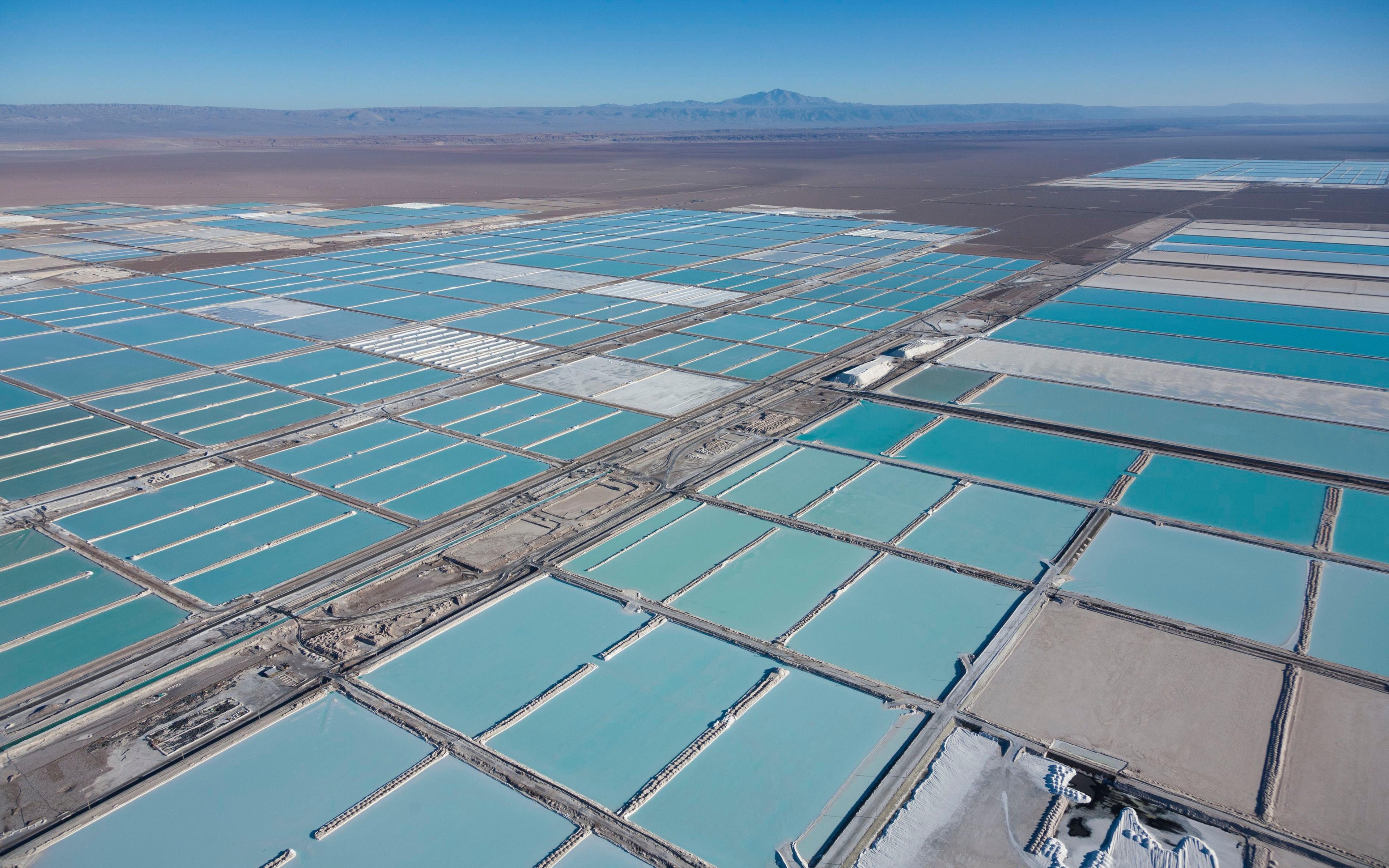Key Points
- With growth investors being punished by the markets, it's worth remembering that some previous periods of adversity have led to stellar returns
- The companies that will flourish in future won't be 'growth' or 'value' but ones that can solve problems, execute their plans and adapt to constant change
- Baillie Gifford's stable structure balances stubbornness and humility and allows investors to focus on the factors that help companies outperform

Investors should consider the investment objectives, risks, charges and expenses carefully before investing. This information and other information about the Funds can be found in the prospectus and summary prospectus. For a prospectus and summary prospectus, please visit our website at bailliegifford.com/usmutualfunds. Please carefully read the Fund’s prospectus and related documents before investing. Securities are offered through Baillie Gifford Funds Services LLC, an affiliate of Baillie Gifford Overseas Ltd and a member of FINRA.
It’s been a torrid couple of years for growth investors. A nasty cocktail of rising rates and extreme risk aversion has driven huge market swings and a sharp dip in performance. People are understandably asking whether growth investing can still generate attractive returns from here.
In Why growth, why now? Mark Urquhart and Tim Garratt explain why the answer is an emphatic yes – especially from the current starting point, which feels like a once-in-a-generation opportunity.
At Baillie Gifford, we’ve seen this movie before – many times. Those who have ridden out previous reversals in investment style have historically enjoyed positive returns. While we can’t say for certain, there is every reason to believe that this time will be no different.
The world is swinging from an era of abundance to an era of limitation: in the supply of capital; in environmental resources; in trust between society and corporations – and between old and new superpowers. Mark and Tim's paper explores the characteristics of the companies that will thrive in this new era and explains why Baillie Gifford is well placed to find and hold them.
What are the characteristics of the companies set to flourish in the years ahead? And what makes Baillie Gifford so well placed to find and hold them? Why growth, why now? reaffirms our belief in how growth investing can still generate attractive returns.

Risk factors and important Information
The Funds are distributed by Baillie Gifford Funds Services LLC. Baillie Gifford Funds Services LLC is registered as a broker-dealer with the SEC, a member of FINRA and is an affiliate of Baillie Gifford Overseas Limited. All information is sourced from Baillie Gifford & Co unless otherwise stated.
As with all mutual funds, the value of an investment in the Fund could decline, so you could lose money. International investing involves special risks, which include changes in currency rates, foreign taxation and differences in auditing standards and securities regulations, political uncertainty and greater volatility. These risks are even greater when investing in emerging markets. Security prices in emerging markets can be significantly more volatile than in the more developed nations of the world, reflecting the greater uncertainties of investing in less established markets and economies. Currency risk includes the risk that the foreign currencies in which a Fund’s investments are traded, in which a Fund receives income, or in which a Fund has taken a position, will decline in value relative to the U.S. dollar. Hedging against a decline in the value of currency does not eliminate fluctuations in the prices of portfolio securities or prevent losses if the prices of such securities decline. In addition, hedging a foreign currency can have a negative effect on performance if the U.S. dollar declines in value relative to that currency, or if the currency hedging is otherwise ineffective.
For more information about these and other risks of an investment in the Funds, see “Principal Investment Risks” and “Additional Investment Strategies” in the prospectus. There can be no assurance that the Funds will achieve their investment objectives.
118910 10050244



